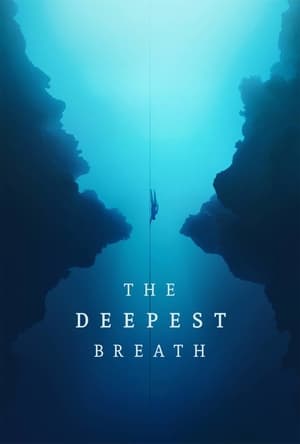Overview
They have bones, no teeth and can grow up to 17 meters long: Oarfish. As the longest bony fish in the world resembles a silver reptile, it is surrounded by various legends of sea serpents and sea monsters. The documentary shows the rarely seen sea creatures in their natural environment. For two years, divers filmed the fascinating creatures from the deep sea around 60 kilometers off the coast of the Côte d'Azur.

 German
German
 2
2
 2019
2019
 DE
DE



















